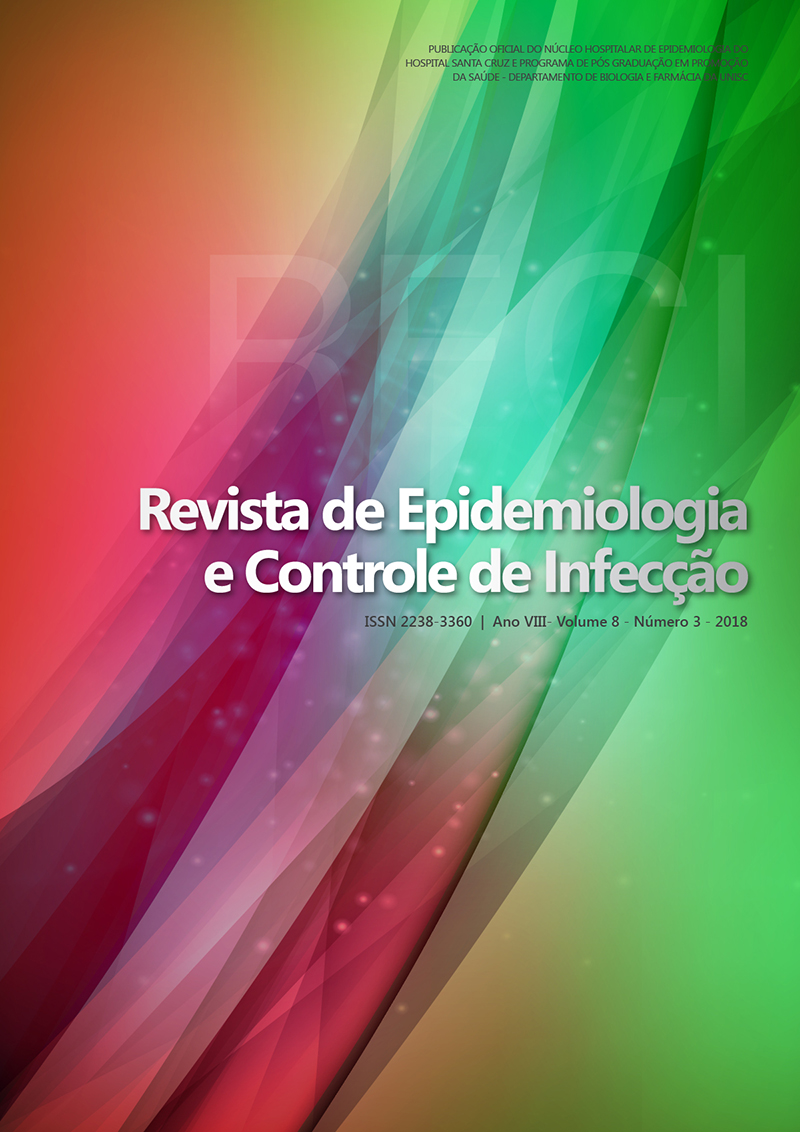Cost exacerbations in patients with chronic obstructive pulmonary disease submitted to a pulmonary rehabilitation program
DOI:
https://doi.org/10.17058/reci.v8i3.11093Abstract
Background and Objectives: Exacerbation contributes to the progression of chronic obstructive pulmonary disease (COPD) and generates high costs for the Unified Health System (SUS). In this sense, our aim was to estimate the cost of SUS in the exacerbations of COPD patients in different times of stay in the Pulmonary Rehabilitation Program (PRP) of Santa Cruz Hospital (HSC). Methods: 32 medical records of patients with COPD were analyzed through the HSC computerized system,from November to December 2015. Subsequently, they were stratified according to PRP time: Group 1 (G1, n=4), ˂2 months; Group 2 (G2, n=20), 2-12 months; And Group 3 (G3, n=8), ≥12 months. Results: There was a predominance of males (n=19, 59.3%), adult age (63.5±6.9 years), FEV 1 1.03±0.47l/min, predicted FEV 1 39.4±16.5%, and severe disease staging (n=14, 43.7%). Moderate (n=34) and severe (n=3) exacerbations were recorded, totaling R$ 7,030.78 for SUS. However, only 2 individuals maintained a smoking habit. G3 was lower in disease severity (n=2, 25%), exacerbation rate (n=3, 37.5%) and costs for SUS (R$ 40.8±14.5). Conclusion: The reduction in the amount and severity of exacerbations, as well as lower SUS costs, are directly related to the longer stay in PRP.Downloads
Downloads
Published
How to Cite
Issue
Section
License
The author must state that the paper is original (has not been published previously), not infringing any copyright or other ownership right involving third parties. Once the paper is submitted, the Journal reserves the right to make normative changes, such as spelling and grammar, in order to maintain the language standard, but respecting the author’s style. The published papers become ownership of RECI, considering that all the opinions expressed by the authors are their responsibility. Because we are an open access journal, we allow free use of articles in educational and scientific applications provided the source is cited under the Creative Commons CC-BY license.


